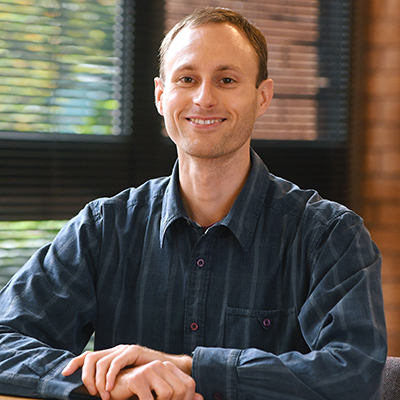In Belgium and the Netherlands horticulture is big business and the facilities tend to be more high-tech than their UK counterparts. During a recent GrowSave study tour I saw some of the advanced technology and practices used by growers, such as LED lighting, diffuse glass and bio-beds for water filtration. Some things are driven by legislation; water recycling, for example, is a legal requirement, but is also cost-effective, as it reduces fertiliser wastage and water consumption. Year-round production of soft fruit is quite common with modern growing practices. This means that heating and lighting of greenhouses is a necessity at certain times of the year.
The tour included visits to greenhouses of various sizes growing soft fruit, a plastic packaging manufacturer and the Proefcentrum in Hoogstraten. The Proefcentrum is a research facility, which investigates the effects of different technologies, such as red and far-red LED lighting, multi-tiered growing, as well as temperature and humidity control. Heat for the greenhouses is provided by a 1.2MW natural gas CHP unit, which also produces around 200kW of electricity. Any surplus heat is stored for later use in two large buffer tanks, totalling around one million litres of water (for comparison, an Olympic sized pool is 2.5 million litres). Electricity that is not used on site is sold to the grid.
Many growers in the Benelux region do the same sort of thing. High electricity export prices can make supplying the grid very profitable, even to the extent that the value of the electricity is higher than the crop itself. Interestingly, though, electricity export prices in the Netherlands are around half that of Belgium. Unfortunately, Dutch growers who live close to the Belgian border can only export to their own grid.
Reduced consumption of energy and other resources, made possible by the latest developments in technology, should not be overlooked. For further information on energy saving techniques for growing, take a look at the GrowSave website.


